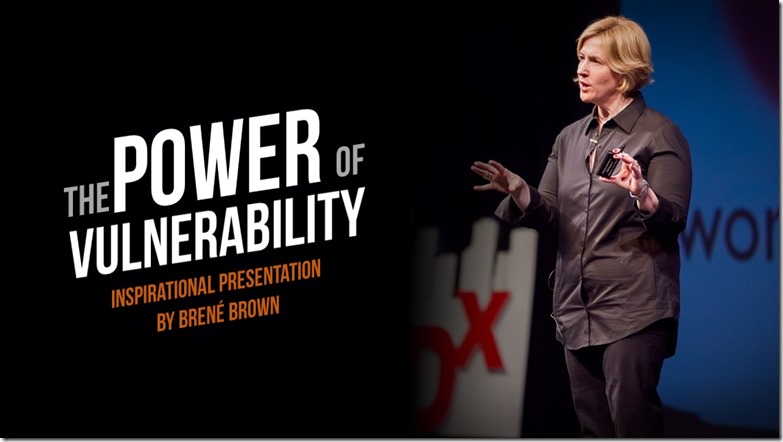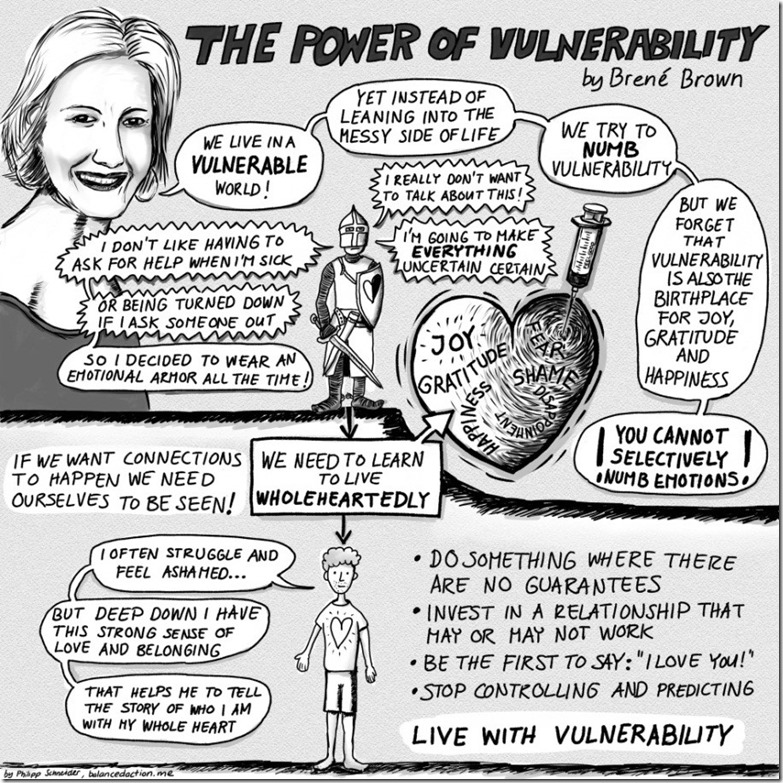
Not everyone can deliver an amazing presentation with a single try. It takes practice and experiences to be able to do that, like the world class presenters. The great presenters also started with a few mistakes and of course, nervousness.
But, everyone definitely doesn’t want to look bad when delivering a presentation. The worst thing during a presentation is when the audience looks unenthusiastic and bored. They’re yawning, back and forth, or busy looking at their clock, playing their gadget, or even asleep. It’s not their fault. It’s yours, as the presenter. It’s your responsibility. It also means, your presentation is bad and boring.
Well, there are 5 things that you may not realize, but you do it when presenting. These 5 things could ruin your presentation, make it look bad and boring. So, you better avoid doing those things when you have to deliver your presentation on the stage.
1. Make yourself look small

For example, you said ‘I don’t really master at this thing’, ‘I don’t know what to say’, or ‘Hopefully this presentation won’t bore you’.
Those things could make the audience feel bored immediately. When you say that you don’t master about something or don’t know what you are going to say, then the audience will think ‘then why I am here and should listen to you?’
Maybe the presenter said those things because they don’t feel confident. This lack of confidence can affect the audience, whether they will continue to listen to your presentation, or decide to get busy with themselves.
So, whatever you feel, try to look confident. If you’re nervous, take a deep breath. The most important thing to do is to prepare your presentation as good as possible.
2. Not making an eye contact
Making eye contact with the audience means you respect your audience. You also make contact and communication with them. With an eye contact, you show them that you will give something to them through your presentation.
If you don’t make an eye contact with your audience, it means that you are talking to yourself. You’re not trying to involve them in your presentation. If the audience doesn’t feel involved, they will think, “Why am I here?”
So, never forget to make an eye contact with the audience. No need to look at the audience one by one. Just select a point in each of your points of view, which you think can represent each group to your audience.
3. Not checking the equipment for your presentation

Before you walk to the stage to deliver your presentation, make sure that the equipment, like the computer, projector, or pointer, are functioning properly. If there’s an equipment that suddenly get stuck during your presentation, it will make it look bad.
Waiting is boring. So, the audience will boring if they have to wait while the projector suddenly fails. Moreover, if there are some important materials that they must read or see from it.
Yes, the equipment damage can occur suddenly. But, we can minimized it by checking and rechecking the equipment, at least half an hour before you deliver your presentation.
4. Alienated your audience
It mean is there some of your audience that actually not your choice. Maybe you say that your presentation is not for them. For example, you said, “Maybe some of you ever went to Japan. If there is, than you don’t need to listen to this presentation.”
Then, maybe half of your audience will immediately leave the room because they have been to Japan.
If you say something like that, it means you don’t know your audience. If you know that, then you will only say things that suit them.
So, it’s very important to know your audience. Learn about their backgrounds, so you can be in touch with them. By getting know them, they will enthusiastically to your whole presentation.
5. Extend the presentation time

Sometimes, a presenter feels that his or her presentation is interesting to their audience, so they add more time. This is very unnecessary to do because maybe the audience has other interest.
Even though the audience looks very enthusiastic about your presentation, make sure that the presentation goes according to the time set or planned.
Delivering a presentation is not just making a good material and conveying it to the audience. There are special arts and tactics, so that the material can be prepared and made, and delivered interestingly to your audience.
















